Bulgaria is a deeply Christian country with roots in the Eastern Orthodox rite. Christianity took over in Bulgaria in the late 9th century as the official religion after the conversion of the ethnic Slavs by the Byzantines. This bedrock of faith was instrumental in shaping and preserving Bulgaria’s strong nationalistic identity and traditions, despite centuries of Ottoman Islamic rule from the 14th to the 19th centuries.
While on my most recent Balkans trip, I had the opportunity to peek into Bulgarian history though the juxtaposition of two unique churches – honoring two dissimilar patron saints, located in diametrically opposite settings, and built for completely different purposes.
Rila Monastery
Rila monastery is one of Bulgaria’s most important churches, and it’s most visited attraction. It is a UNESCO world heritage site due to its significance to Bulgarian identity and Slavic culture. Rila monastery is nestled deep within a valley in the densely forested Rila mountains, about 120km south of the capital Sofia. The main monastery was founded in the 10th century by ascetic priest St Ivan Rilski (John of Rila), while the church in the complex is a later addition. St Ivan was a hermit who headed deep into the Rila mountains, shunned human contact, and supposedly lived in a secluded cave for years before establishing the monastery.
The architecture style of the church and monastery is from the Bulgarian renaissance, with the Ottoman influences evident in the domes and the black and white striped pillars. The arcades, porticos and walls of the church are covered from inch to inch with the most intricate and ornate frescoes – bringing to life numerous stories from the Bible in vivid detail. The interior is not too shabby either, with centuries-old gold plated icons adding some sparkling bling to a rather dimly lit interior. The day that I visited (Aug 18th) incidentally was the feast day of St Ivan Rilski, so it was packed with worshippers and I was fortunate to witness part of the traditional Orthodox celebration.
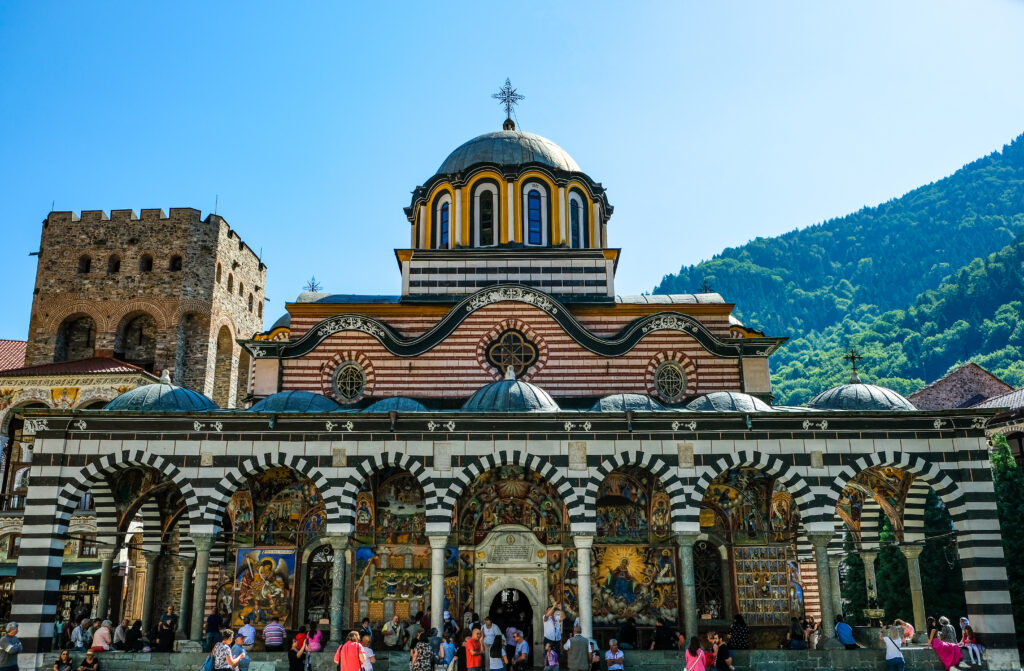
The almost Dr Seuss-ian candy striped porticoes of Rila Church
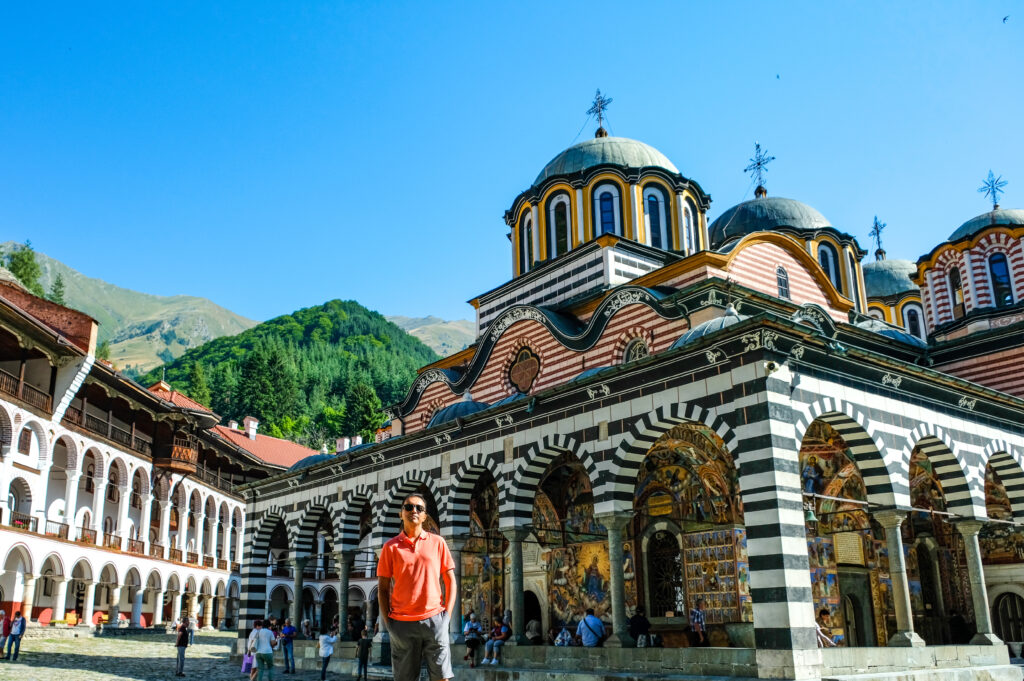
View of both the main church and the original monastery in the background
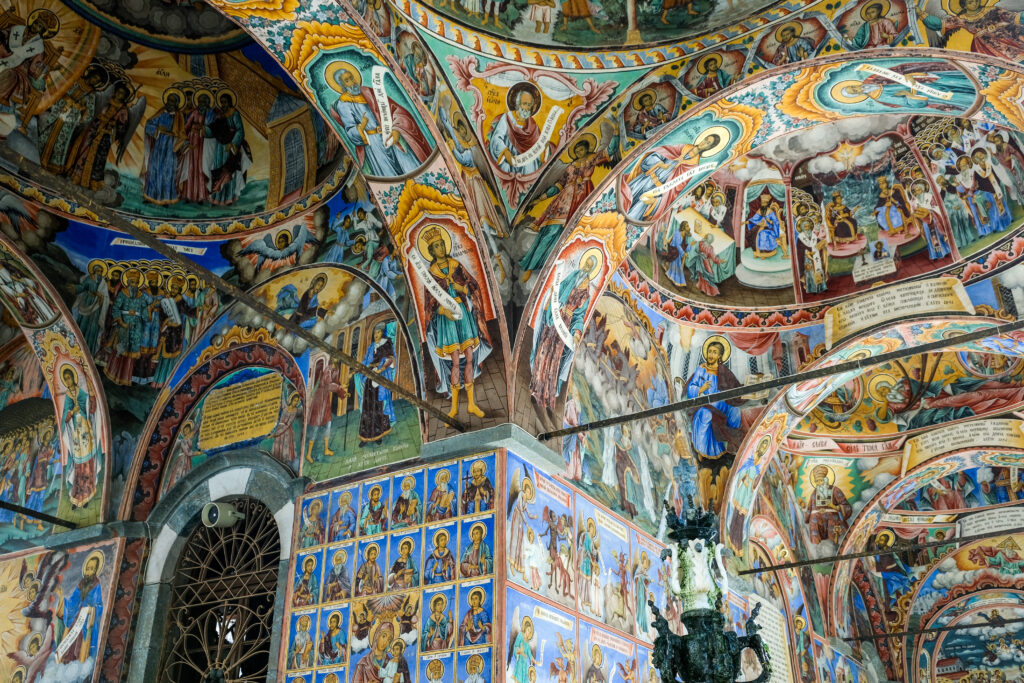
Not an inch of the walls spared from intricate biblical themed frscoes
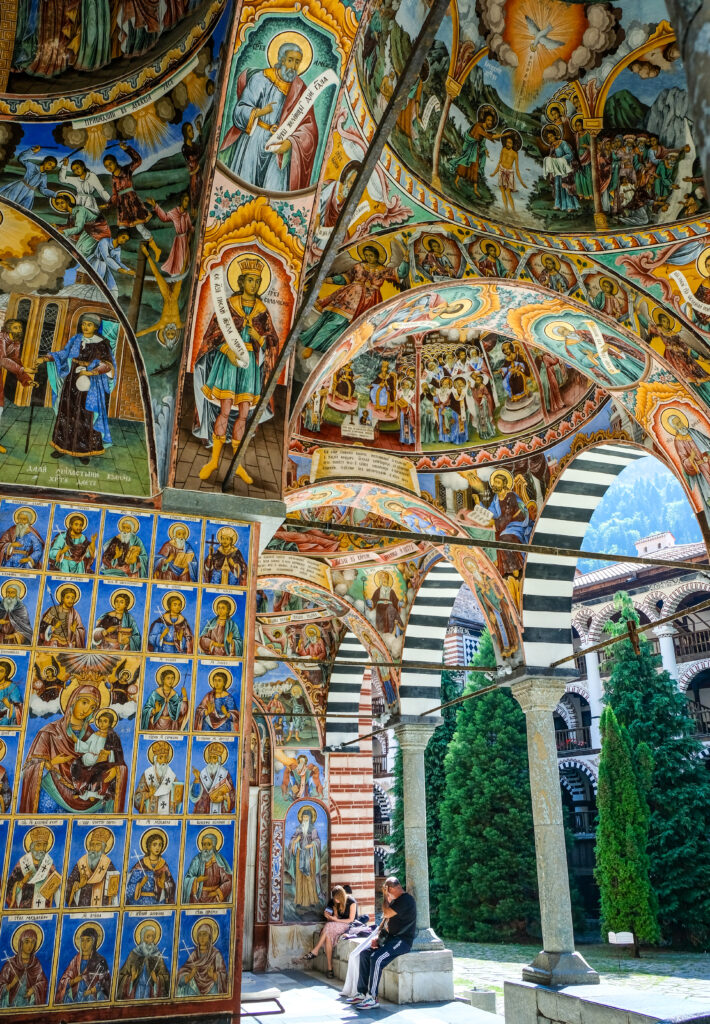
Assault of colors and stories
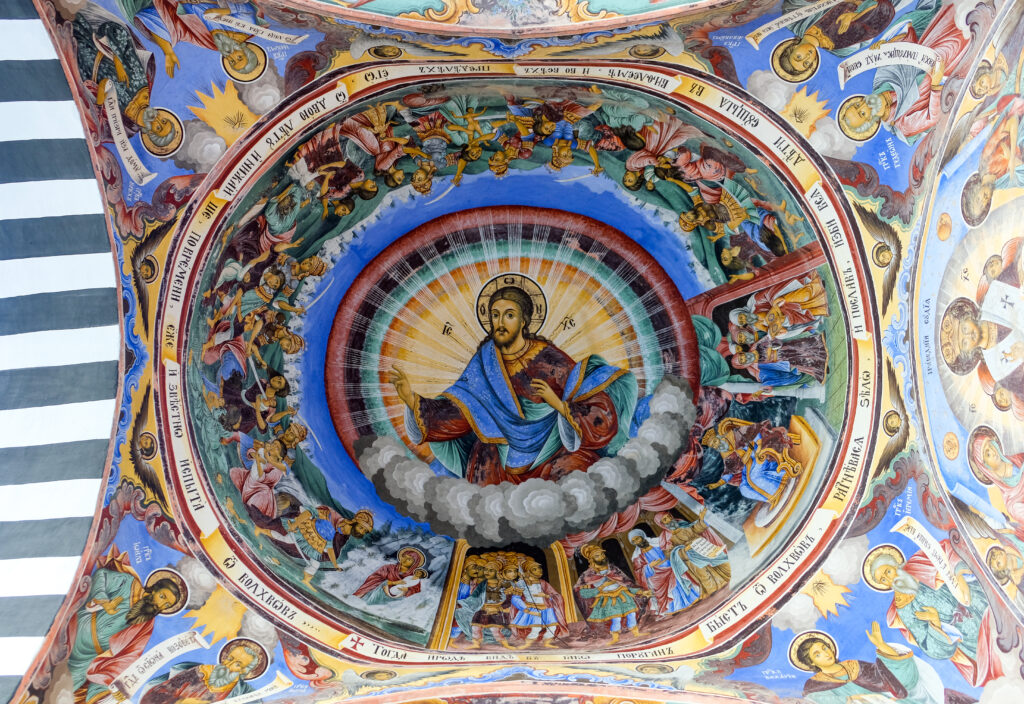
Christos fresco in one of the domes
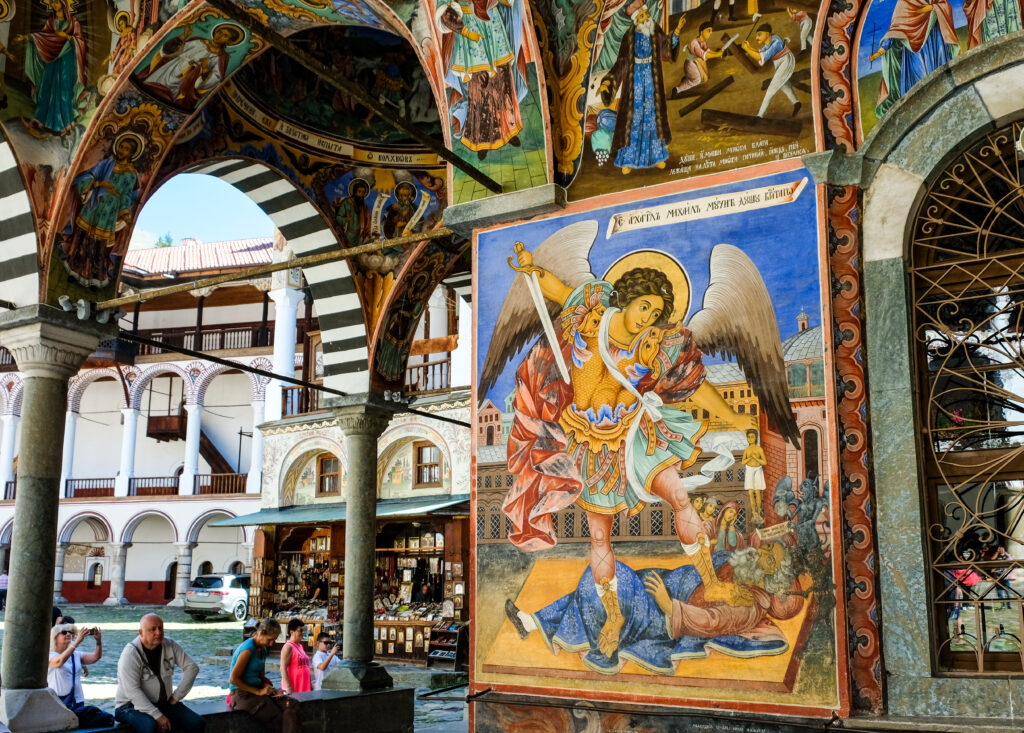
Not sure which of the Archangels this is meant to be
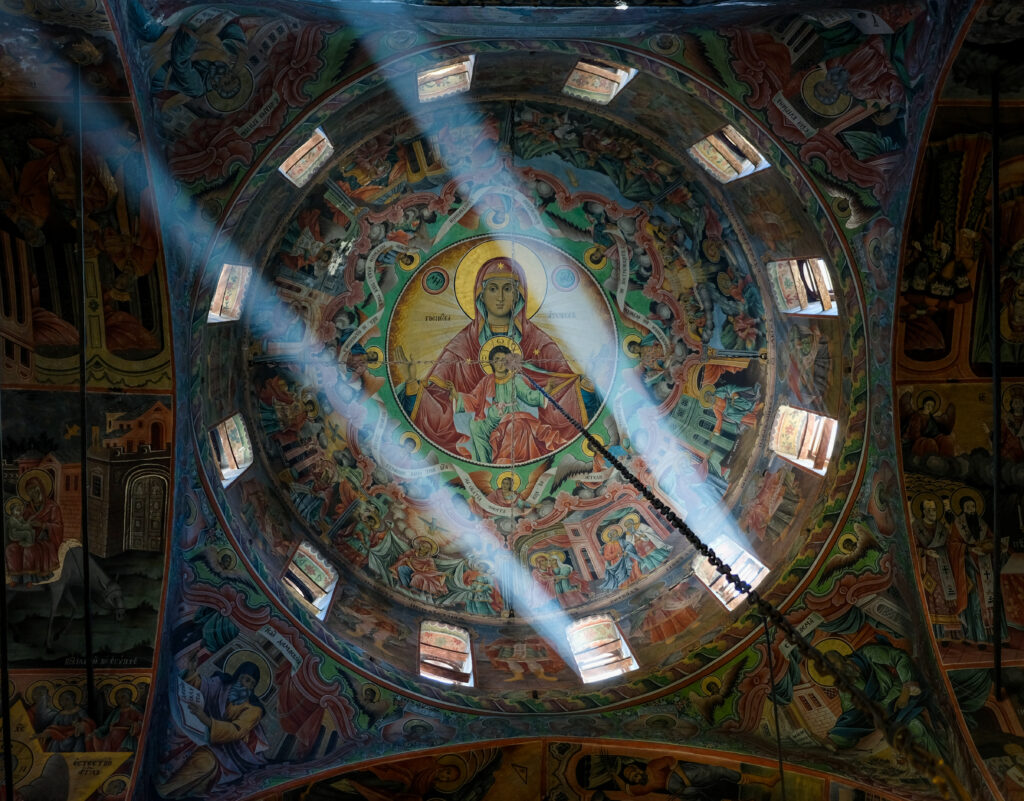
Sun rays piercing through the interior of the main dome
St. Alexander Nevsky Cathedral
The Alexander Nevsky Cathedral in Bulgaria’s capital Sofia could be considered the polar opposite of Rila Monastery. The cathedral is situated right in the center of the city and its shiny golden domes are visible for miles. Whereas Rila was built in honor of an ascetic priest, the Cathedral is named after the 13th century Russian warrior prince Alexander Nevsky. The Bulgarians built the cathedral in honor of the Russian soldiers who fought in the war of 1877 that liberated Bulgaria from Ottoman rule. The construction started in 1882, but was only completed 30 years later in 1912.
The cathedral is one of the largest Orthodox churches in the world and the largest in the Balkans, with a capacity for 10,000 worshipers. It does not lack in ostentatious-ness either, with its multiple gold plated domes, the tallest of which is 45m tall. I saw why the St Alexander Nevsky Cathedral is the iconic symbol of Sofia, even Bulgaria. It was hard to miss the sight of the imposing cathedral from anywhere in the city center, but the best view of the Cathedral’s shimmering golden domes was definitely from the rooftop bar of the Sense hotel where I was staying.
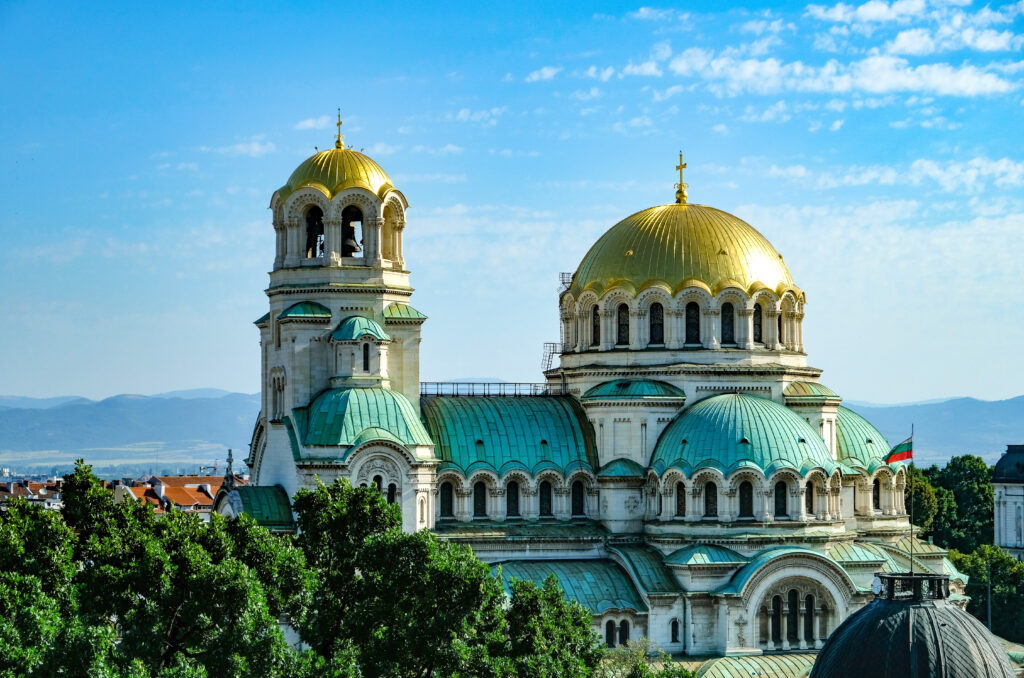
Glistening domes of the St Alexander Nevsky Cathedral are visible from most of Sofia
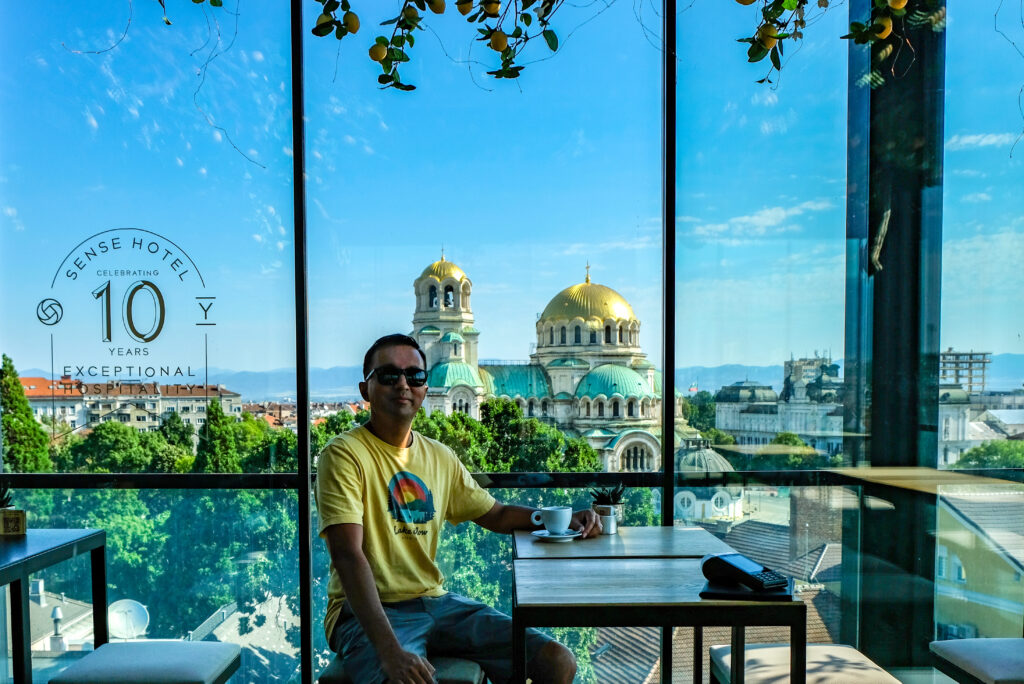
View of the domes from the Sense Hotel
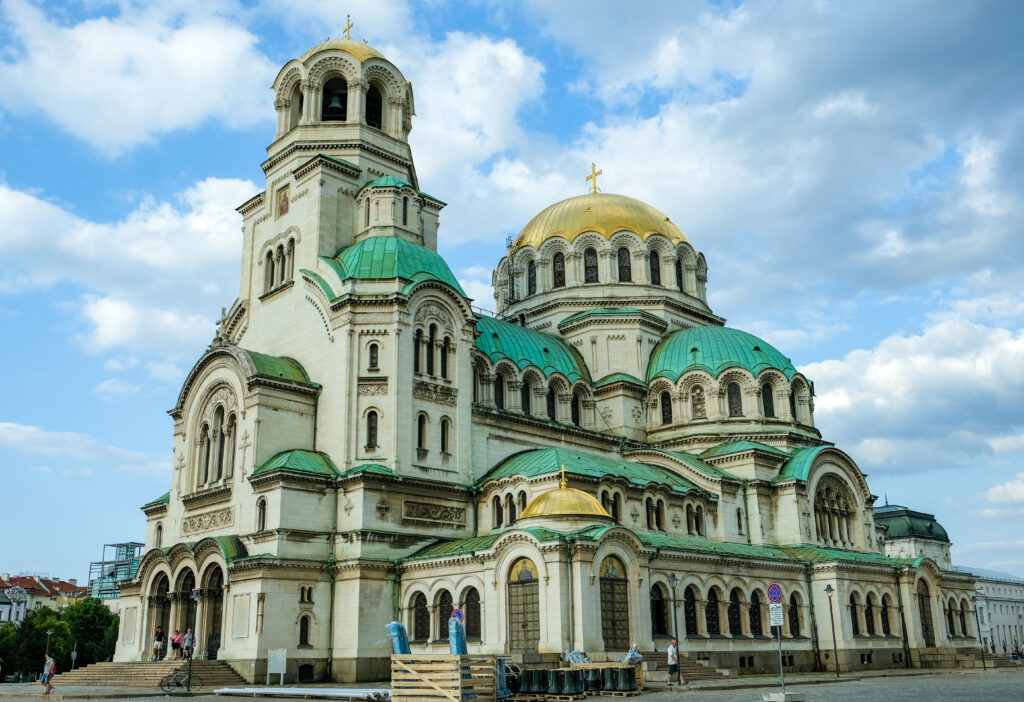
Imposing edifice of the Cathedral
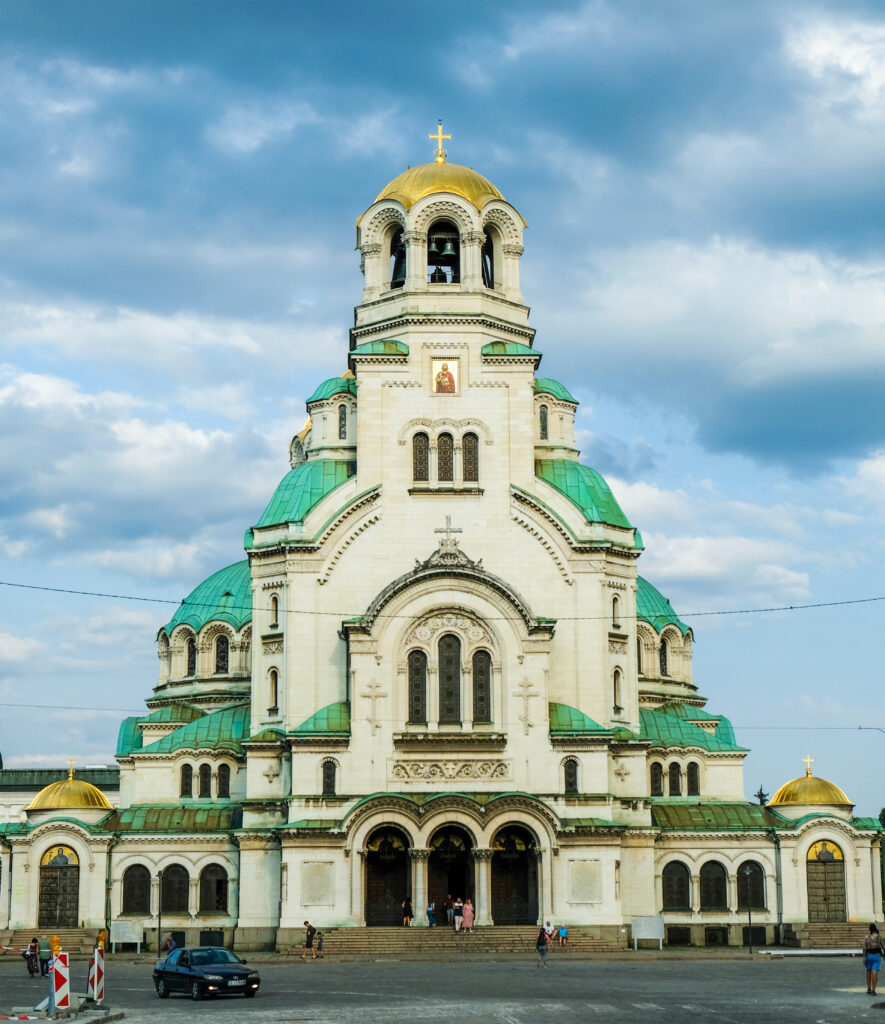
View of the main entrance
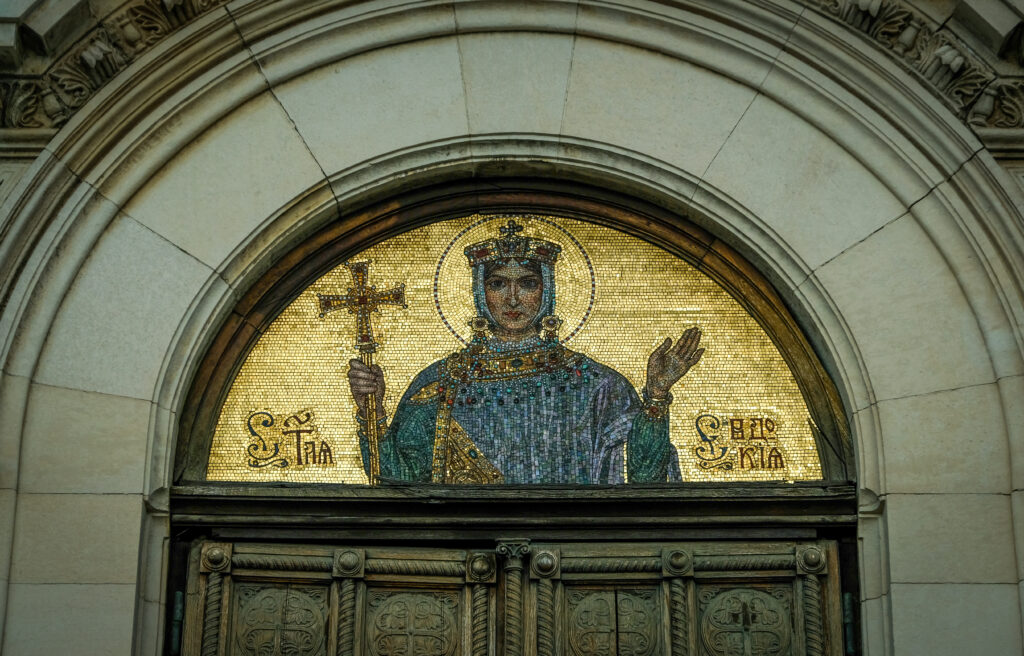
One of the gilded mosaics adorning the walls
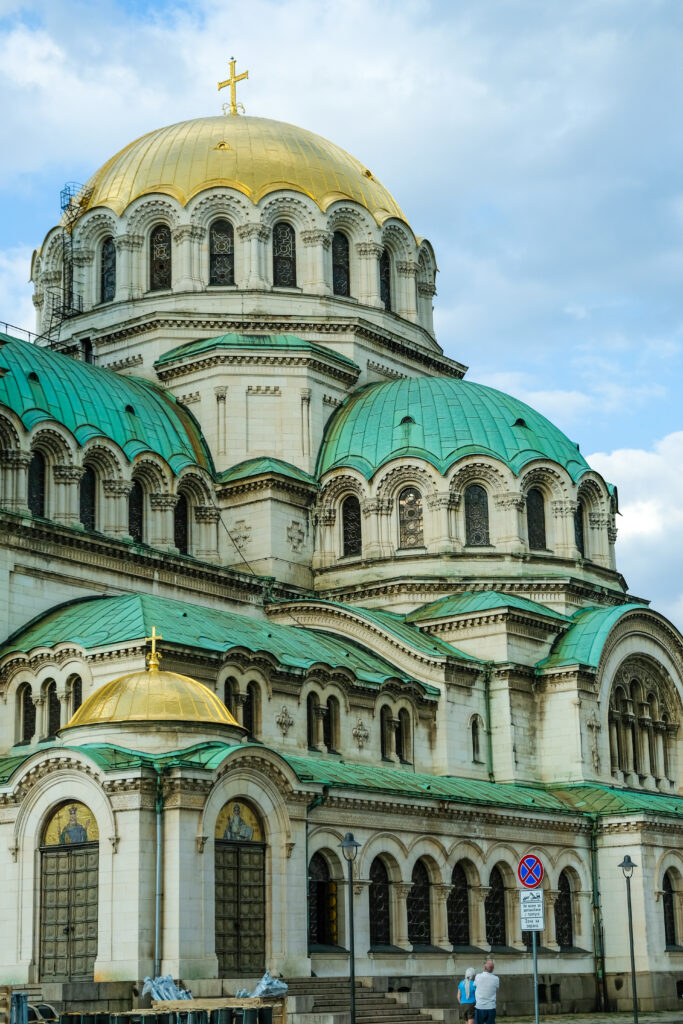
Tiered almost like a multi layered cake

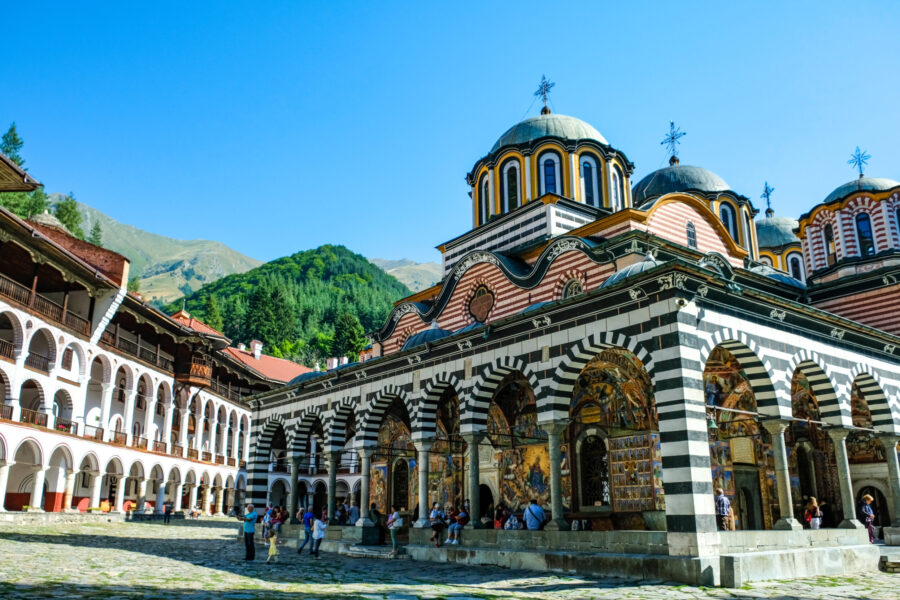
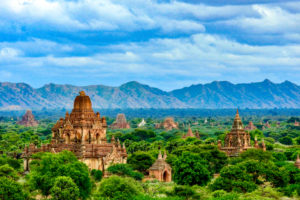
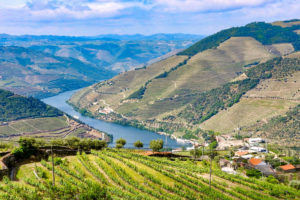
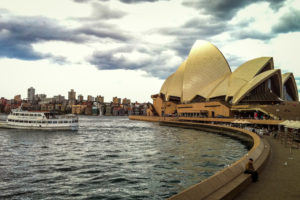




Leave a Reply
Please share your comments below!